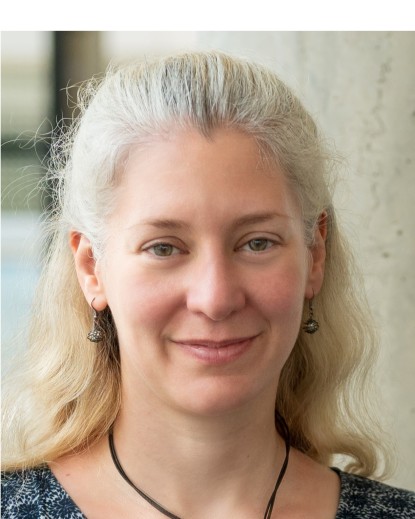Project-Management
| Name | Working area(s) | Contact | |
|---|---|---|---|

| Dr.-Ing. Maximilian Secklehner 2013 - 2018 |
Project description
High Voltage Direct Current (HVDC) Transmission provides an efficient means to transmit large amounts of electric power over long distances. In Germany the increasing offshore wind power capabilities create the need for such high-capacity transmission lines. As a consequence four HVDC transmission lines are planned in the latest grid development plan.
To design efficient HVDC systems it is necessary to use reliable insulation systems, which are suitable for dc stress. Other than at ac stress insulators in dc fields tend to accumulate surface charges. These charges may reduce the flashover voltage, especially in the case of polarity reversals. To reduce surface charge accumulation and optimize the resistive field distribution, the conductivity of the insulation materials may be adjusted. Functionally filled polymers are one way to achieve a well-adjusted conductivity, whose development is a key aspect of this research project.
The characterization of the electrical properties of potential new functional fillers is therefore a key component of this work. For this purpose a new dc test setup has been built, enabling tests under temperatures ranging from -40 °C to +180 °C at voltages up to +-30 kV.
Besides depending on temperature, humidity and electrical field strength, electrical properties also are influenced by ageing. To research the conditions and consequences of thermo-electrical ageing under dc stress a suitable test stand was developed. In further research the mechanisms contributing to the ageing process will be investigated.
Additionally the suitability of high-field model insulators, made of the new insulation materials, will be tested on product-near designs. Besides testing with direct voltage, also resistance against polarity reversals and switching or lightning impulses are of interest. A gas insulated test setup which allows for direct voltages up to 600 kV and impulse voltages up to 1550 kV is used to conduct these measurements.








